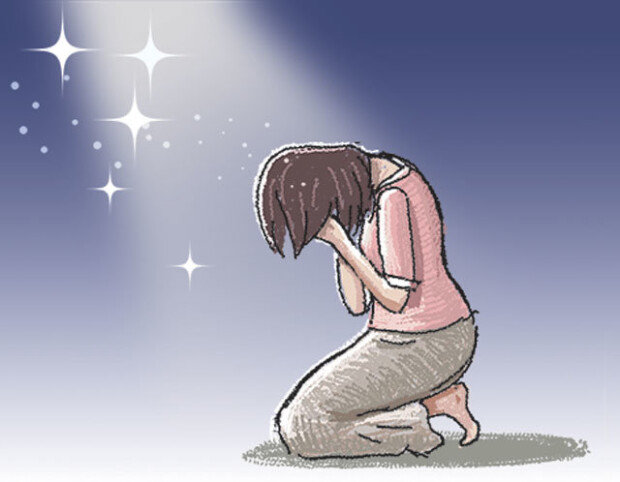Forms of sadness
Forms of sadness
Posted March. 15, 2021 07:27,
Updated March. 15, 2021 07:27

… describe your sorrows and desires, the thoughts that pass through your mind and your belief in some kind of beauty. Describe all these with heartfelt, silent, humble sincerity.
- “Letters to a Young Poet” by Rainer Maria Rilke
A cold winter morning that forms icicle, a soggy diary and scribble, The Snow Queen by Andersen, a short 4B pencil, mom and granny making kimchi, green thorns of wild roses on a wall, the back of mom scrubbing granny, the dusty smell of granny’s skin and mom rubbing her face against the face of granny who is no longer breathing. These may well be my sorrows if I were to describe them.
“Rose, oh pure contradiction,” reads his epitaph. He loved roses and died from pricking his hand on a rose thorn. Dying from such a small cut – what a trivial death and a trivial sorrow.
After my first poetry book, “I Learned to Speak from an Angel”, came out, the question I was asked the most was what sorrow is. Sorrow is the other side of happiness. Some things can only be learned when we feel the existence of sadness, and that is how we become more human. The fact that we are meant to touch and stand with arms and legs and hear sorrow with our wings, namely, our ears, because we are humans that grew from a tiny dot; the age when crying becomes a sign of immaturity; and understanding the existence of a breath-less person who no longer has a voice. Only now do I hear the “existence and loss” that enabled “my” existence.
The fact that nothing can be done other than crying when white magnolia flowers blow in the wind at the granny’s grave, mom’s shaking eyelashes, snowflakes sparkling under the streetlight and the two sides of the world full of pure contradictions… We lean towards specks of light and where sorrow comes.



![[단독]‘한학자 특별보고’에 “임종성 협조로 국토부 불허하던 사안 승인”](https://dimg.donga.com/c/138/175/90/1/wps/NEWS/IMAGE/2025/12/22/133011466.1.jpg)
![넘치는 전재수 과거 사진들…유죄의 증거일까, 무죄의 증거일까[청계천 옆 사진관]](https://dimg.donga.com/c/138/175/90/1/wps/NEWS/IMAGE/2025/12/20/132997378.1.jpg)

![“아무리 씻어도 안 빠져” 김치통 냄새, □□으로 싹 [알쓸톡]](https://dimg.donga.com/c/138/175/90/1/wps/NEWS/IMAGE/2025/12/18/132993861.3.jpg)
